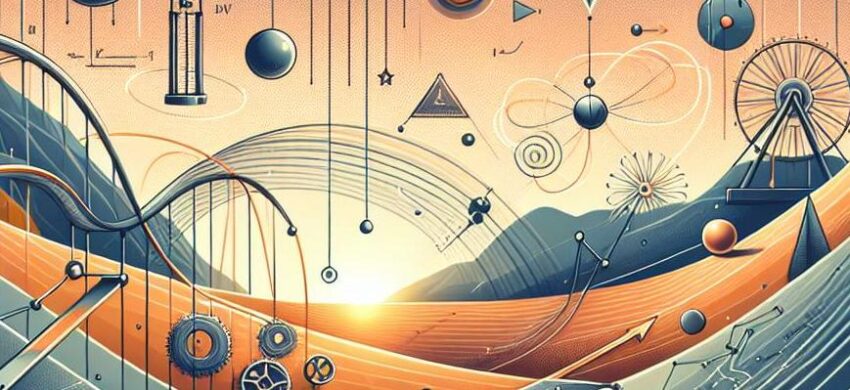In this section, we delve into the practical applications of Newtonian principles in mechanics. The first example is in vehicle safety. Car manufacturers use Newton’s first law – an object in motion tends to stay in motion – to design safety features. For instance, seat belts and airbags are designed to counteract this law, gradually slowing the passenger’s momentum in the event of a collision which prevents injury.
Looking at aerospace engineering, we see the application of Newton’s second law. The law helps in calculating thrust required for an aerospace vehicle to overcome gravitational force and maintain motion. This principle is critical in the design and launch of rockets and space shuttles.
In sports, Newton’s third law is vividly illustrated. In swimming, for instance, to move forward, the swimmer throws water backwards, essentially displaying that for every action, there is an equal and opposite reaction.
Thus, Newtonian mechanics prove essential in a diverse range of fields: from transport engineering to sports physics, offering innovative solutions to complex physical problems.
 |
 |
 |


